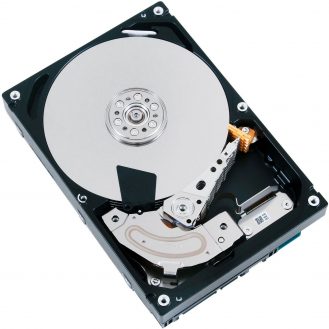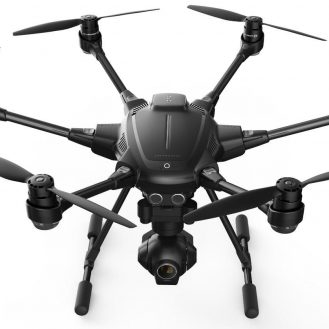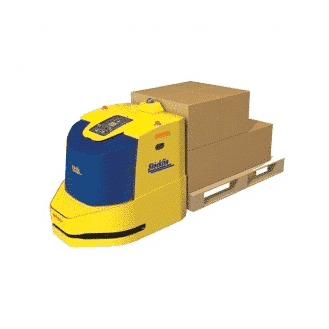Motherboard formats are also known as form factors. This refers to the physical dimensions of the motherboard and the position of the holes for screwing the board into the case.
There are different standards:
ATX (Advanced Technology Extended) format: The most common format. Created by Intel in 1995, the ATX format incorporates several ports and 7 expansion slots.
ATX motherboards are available in different sizes:
- Mini ATX, with 6 expansion slots
- Micro ATX are smaller, with fewer connectors
- FlexATX, even smaller
These motherboards can only be installed in ATX cases.

Advantech ATX motherboard
BTX (Balanced Technology Extended) format: Appeared in 2004 and was supposed to replace the ATX format, but the latter is still very common today.
It offers a better organization of the components inside the case, which favors air circulation and reduces noise and internal temperature, even with a single cooler.
There are formats that are no longer manufactured but can still be found in older computers, such as the AT, AT Baby, LPX, or NTX form factors.






